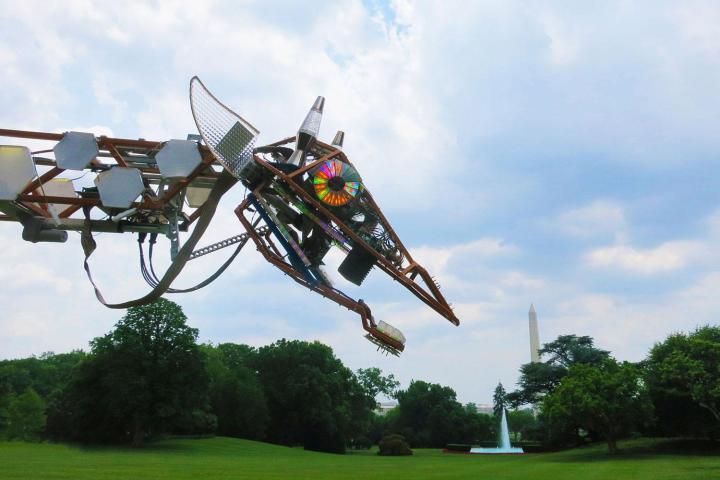
I didn’t know what to expect ahead of my Pittsburgh visit a year ago. I mean, I had some ideas of what I might encounter on the streets of a city whose NFL team was named for industry that had fled its city limits some 30 years prior. I’ve seen the depressing evidence of areas corroded by the screeching halt of the rust belt on visits to the upper-midwest, Pennsylvania and portions of my current home state of New York. What I found, however, was a city revitalized, one with a sparkling downtown area and the sorts of museums and boutique shops we’ve come to associate with bustling metropolises.
In 1970, it was, of course, a different story entirely. That year, one in every three jobs in the Pennsylvania city was in manufacturing. A decade later the number dropped to one in four, as unemployment skyrocketed to 17.1 percent by 1983. These days, the city’s rate is below the national average. So, what happened? Part of the city’s successes can be chalked up to healthcare, one of those relatively recession-proof industries, but to many, the answer plays out like the plot of some bad sci-fi pulp paperback, with robots saving the city from the brink of disaster.
“Our parents and our grandparents created the world’s largest economy and strongest middle class by building stuff.”
Again, Pittsburgh’s path to success isn’t one that can be perfectly replicated by every American city suffering at the hands of a seemingly endless economic downturn, but the City of Bridge’s embrace of high technology carries an important lesson for each. That’s why it was so heartening to see (albeit sadly from afar in my case) the president engage with a 17-foot-long robotic giraffe on the White House lawn this week, as the administration hosted the first-ever White House Maker Faire, an event that brought together makers, educators, large companies focused on innovations and, naturally, politicians. It’s easy to write such things off a photo-ops, but somewhere deep inside of me there’s an optimist who sincerely believes that this could be the cusp of some new and whole distinct industrial revolution.
Here’s what President Obama had to say about the occasion, “Our parents and our grandparents created the world’s largest economy and strongest middle class not by buying stuff, but by building stuff — by making stuff, by tinkering and inventing and building; by making and selling things first in a growing national market and then in an international market — stuff ‘Made in America.’”
Again, prepared remarks penned by speech writers for inclusion in the White House PR machine, no doubt, but words that seem to point to some deeper understanding that these events are about so much more than shiny new tech toys: they’re a celebration of the sort of innovation that offers the most promising path to economic revival. Drilling down deeper, beyond the slideshow fodder points to some truly promising potential, a convergence of DIY innovators, STEM educators, established brands with a commitment to emerging technologies and governmental bodies.
The plan presents several tiers aimed at helping the US make up lost ground in the innovation and manufacturing that is increasingly shipped overseas. There’s the NIST manufacturing grant designed to help support small-scale startups, and an outreach program by the U.S. Patent and Trademark Office, which has (rightfully) been getting some fairly negative press as of late when it comes to hardware innovation. There are a slew of small business grants from 11 agencies, including the EPA, Department of Transportation and NASA, which total over $2.5 million. Arguably most important, there are programs aimed at fostering making in educational programs.
A celebration of the sort of innovation that offers the most promising path to economic revival.
Previously aimed at California, the Maker Ed AmeriCorps VISTA program is expanding to Baltimore, Detroit, Miami, San Antonio and good old Pittsburgh, targeting 22,000 kids in extremely impoverished areas. Could these sorts of programs truly turn around a city as hard hit as Detroit, where roughly 60 percent of children live in poverty? It’s going to take a lot of work, money and time, but Pittsburgh’s high tech-driven success points to a way out. The rate at which Makerspaces are popping up in the city is certainly promising. Those sorts of projects require a lot room and access to tools — things that Detroit has in excess.
And as I point out in an earlier column, a confluence of factors like crowdfunding, scaleable manufacturing and simple prototyping point to a bright future for hardware startups and hyper localized manufacturing. Seeing that promise fulfilled in tech hubs like the Silicon Valley, Austin and New York seems like a given. Seeing them bear fruit in the areas that need them the most, however, will take a long term investment, but the potential economic and technological payoffs will more than pay for themselves.


